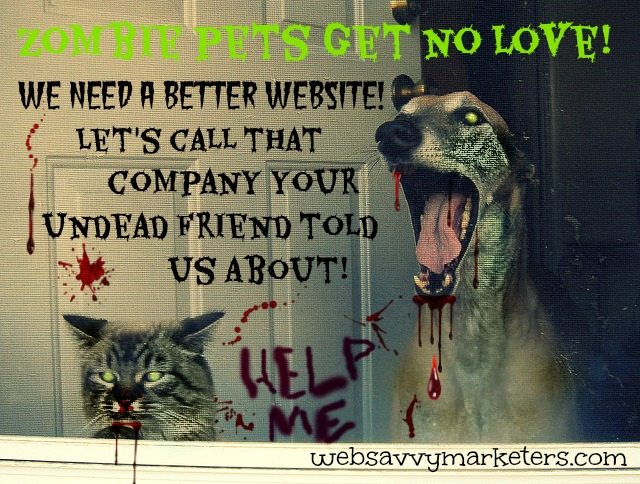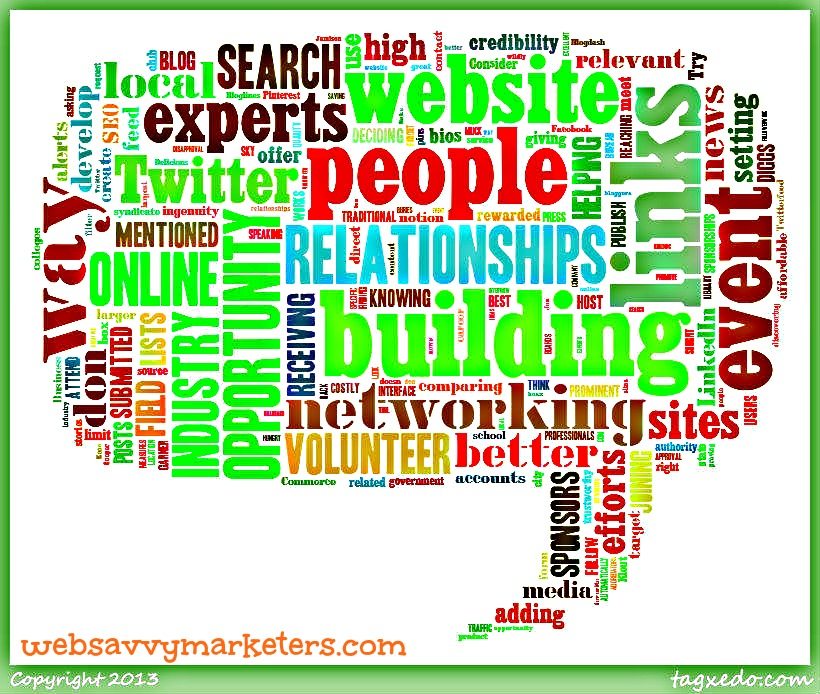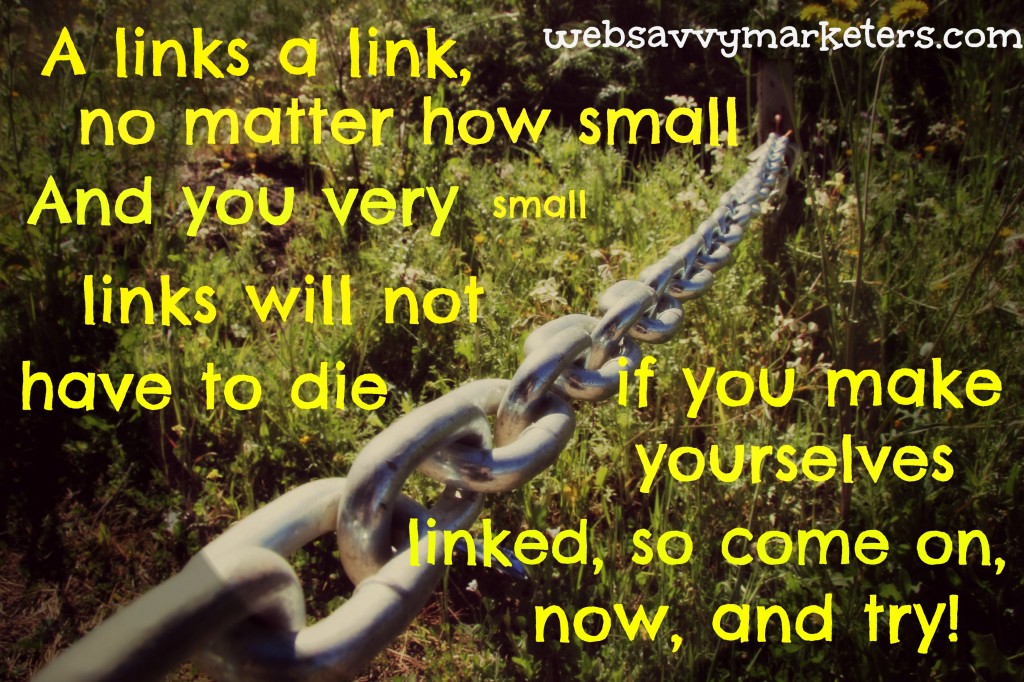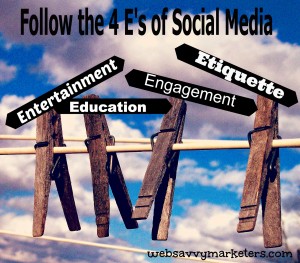 Why Use Social Media to Improve Search Engine Ranking?
Why Use Social Media to Improve Search Engine Ranking?
When building a website, search engine ranking is an ever-changing horizon of influencing factors. Just when you think you figured it out, the view has changed and new elements have been added.
In a Social is the New SEO Hangout with Joshua Berg, Google+ SEO and SMO expert, and Mark Traphagen, Director of Digital Outreach for Virante Inc., we learn that Google is looking for social media signals.
When Google is ranking content, it looks for social media signals like how your content is shared, liked, +1ed, and commented on. Your authority on the Web has grown to include how well your content is doing in social channels.
But don’t panic. Old-school page ranking hasn’t gone away entirely. Keywords and link building, for example, are still important. It’s when you over-optimize your website with keyword stuffing and keyword repetition that will bring the wrath of Google upon it.
Ask “Does It Sound Right?”
Instead, do what Berg calls “natural writing,” or writing in a normal conversational language, varying your keywords and keyword phrases, using a “reasonable amount of mix and match throughout your pages.”
Write to create interesting, helpful content that users will want to share. This is where the social media signals come into play.
Google+ Exists for the Data
Google’s effort to improve search results means having a broader understanding of users’ experience and intent. Search and social media are no longer separate.
This is why, according to Traphagen, they created Google+. In order to better understand what you are discussing, sharing, and liking, they needed a social channel they had access to.
In terms of which social platforms will send strong social media signals, Berg says “Google+ will give you a much bigger advantage.”
Traphagen backs that up with a story of a user who noticed that a website’s higher ranking appeared to be directly related to Facebook shares. Matt Cutts, who heads Google’s Webspam team, responded affirmatively that this in no way caused a higher ranking.
Berg explains that this is partly due to no-follow tags in other social media platforms, whereas Google+ was created to have all follow links in everything. The overall effect of social media signals, Berg assures us, does include a diverse range from the different platforms, so don’t put your eggs all in one basket.
What is the Special Power of Google+?
Traphagen explained one of the special powers of Google+ is your profile. He says Google+ profiles are treated like a website. It provides Google with signals on who’s engaging with you and what website’s are linking to your Google+ profile.
He increased his own search rankings by linking back to his Google+ profile in the online articles he writes. The re-shares and other engagement from his content increases his profile authority, which in turn increases his search rankings.
A simple tip Traphagen shares is to include relevant keywords in your Google+ profile. Berg mentions including these keywords and natural-sounding phrases under the Google+ links section as well.
Take Your Authority to the Next Level
By combining well-written, interesting content with social media signals of engagement, you will be using a multi-faceted approach to a real online marketing practice.
Good content and good connections means better search engine results. It’s a horizon filled with possibilities.










